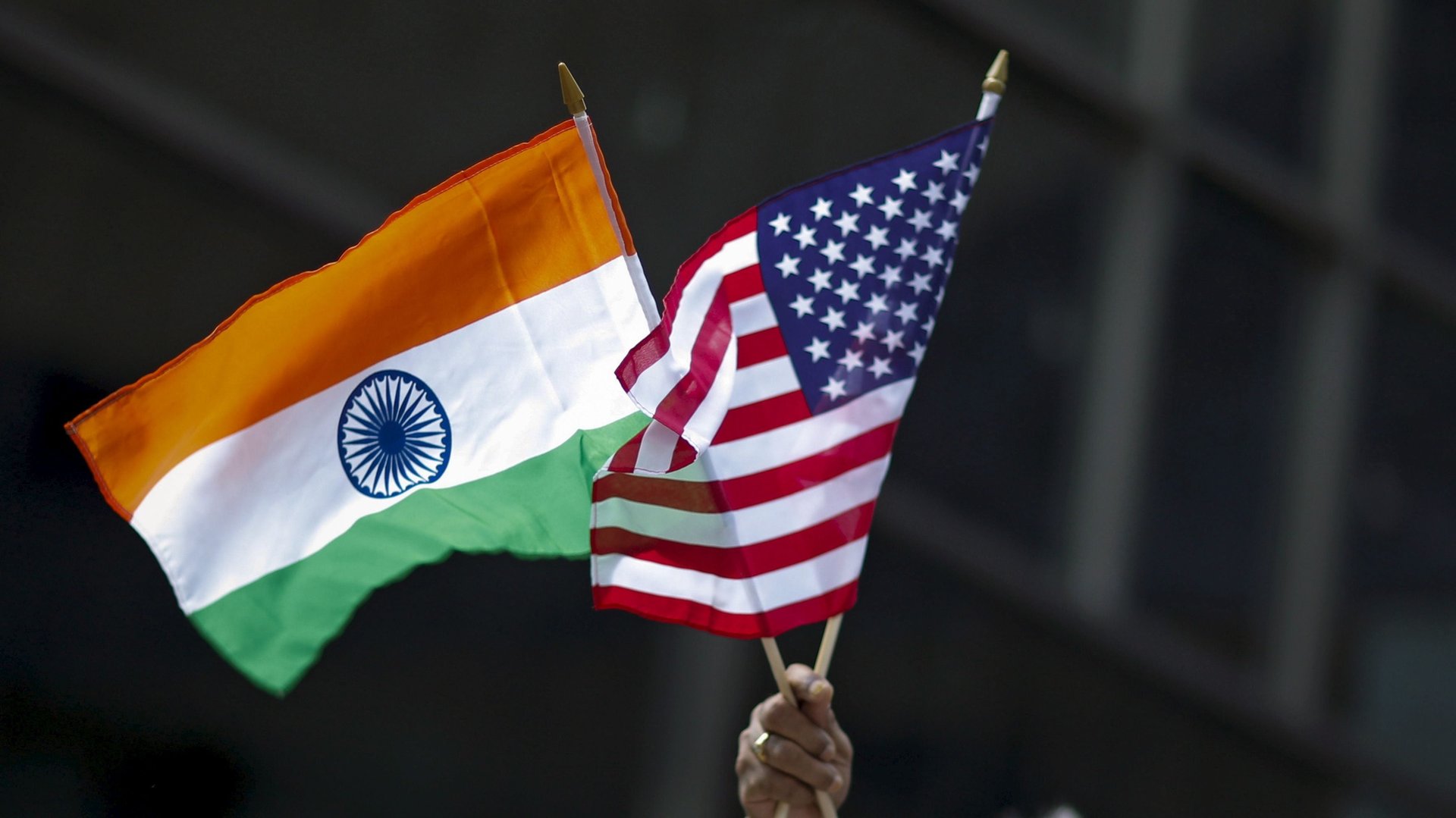H-1B: All the obstacles standing between Indian techies and their prized visa
It’s the moment of reckoning for Indian techies.


It’s the moment of reckoning for Indian techies.
The US government begins accepting applications for the much sought-after H-1B visas today (April 02), and thanks to the Donald Trump administration’s policy tightening, this process is going to be the hardest in recent years.
While the US government has not lowered the cap on the number of H-1B visas it will grant, this long-term work visa category has come under severe scrutiny since Trump took office in January 2017. From increased paperwork to stringent evaluation, applicants will now have to deal with several challenges to procure H-1Bs for fiscal 2019.
The biggest impact of these changes will perhaps will be felt by the Indian IT industry, the top beneficiary of the (pdf) programme that lets foreign workers live and work in the US for up to six years.
Here’s a look at all the challenges in this area:
Increased paperwork
In February, the US Citizenship and Immigration Services (USCIS) issued a memo to guide its officers, which stated that they may ask applicants to submit “detailed documentation to ensure a legitimate employer-employee relationship is maintained while an employee is working at a third-party work site.” These documents include details of the job and exact dates of the project, among other things.
So far, to approve the visa, the adjudicating officers did not have to review third-party contracts or the exact dates and place of third-party work.
“When H-1B beneficiaries are placed at third-party work sites, petitioners must demonstrate that they have specific and non-speculative qualifying assignments in a specialty occupation for that beneficiary for the entire time requested on the petition,” USCIS said.
Limited period
This time, applicants may have to furnish “evidence of actual work assignments,” including technical documentation, milestone tables, marketing analyses, cost-benefit analyses, brochures, funding documents, contracts, and itinerary.
While so far the H-1B was granted for three years at a time, and extendable for another three, the USCIS has suggested that now the tenure may be reduced.
“USCIS will, in its discretion, generally limit the approval period to the length of time demonstrated that the beneficiary will be placed in non-speculative work and that the petitioner will maintain the requisite employer-employee relationship, as documented by contracts, statements of work, and other similar types of evidence,” USCIS said in February.
No premium services
On March 20, the USCIS announced that it had suspended premium processing of H-1B visas till Sept. 10. This service allowed applicants to fast-track the process from the usual three to six months to just over two weeks by paying an additional fee of $1,225.
While, according to authorities, the suspension is to clear a backlog, it could hurt Indian firms like Infosys and Tata Consultancy Services (TCS) as they will struggle with resource planning. Not only will finding local talent be a task in itself, it will also be expensive, eroding employers’ margins.
Dependent worries
It’s not just H-1B workers who are suffering under the uncertainty. The US government is also toying with the idea of restricting H-4 visa-holders, mostly spouses of H-1B workers, from working in the US.
Until 2015, husbands and wives of H-1B workers were not allowed to work in the US. The Barack Obama administration then allowed H-4 visa-holders, whose spouses were awaiting green card approval, to seek jobs in the country.
And even though the department of homeland security (DHS) last month deferred issuing a draft proposal to restrict work permits for H-4 visa holders from February to June 2018, it’s only a temporary relief.
Indians are the largest beneficiaries of H-4 visas, holding nearly 80% of the 125,000 issued in 2015 alone. Women account for 90% of these.
Tougher criteria
Towards the end of March 2017, the USCIS guidance issued to visa officers made the qualifying criteria for computer programmers more stringent. The authorities said that (pdf) “an entry-level computer programmer position would not generally qualify as a position in a specialty occupation.” This is a worrying shift considering Indian companies hire thousands of entry-level engineers.
A few days on, the federal agency also launched targeted workplace visits to curb visa fraud and abuse.